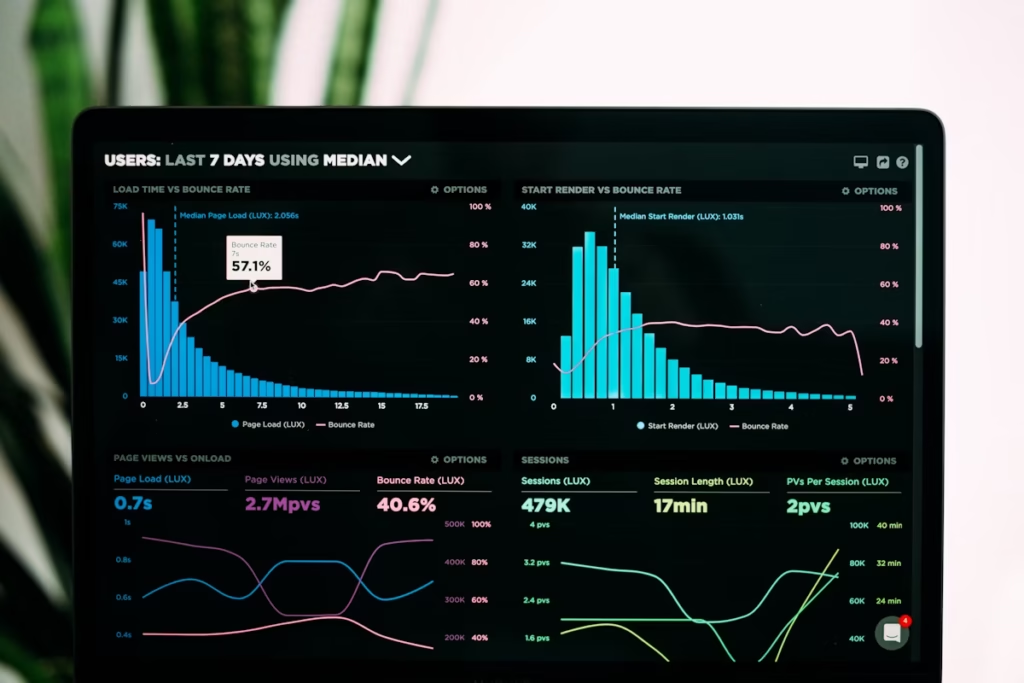Overview:
With the development of neurotechnology and artificial intelligence in 2025, James Clear’s Atomic Habits principles have changed. When paired with contemporary tools, these scientifically supported micro-changes can now produce three times faster results, according to new research from Stanford Behaviour Lab.
Why, in 2025, Atomic Habits Will Be More Important:
- According to the MIT 2025 Study, attention spans dropped to 31 seconds.
- 92% accuracy is attained by habit-tracking wearables,
- AI coaches customise habit formation.
1. The 2025 Habit Loop (Enhanced Model)
| Component | Traditional | 2025 Enhancement |
| Cue | Phone notification | Biometric detection (e.g., stress levels) |
| Craving | Visual motivation | AR dopamine triggers |
| Response | Manual tracking | Auto-logged via smart fabrics |
| Reward | Personal treat | Neurofeedback stimulation |
2. Strategies for Implementation in 2025
A. Stacking Habits 2.0
- Connect new behaviours to actions on IoT devices: “I perform five squats (new) after my smart kettle boils (existing).”
- For prompts in real time, use AI voice assistants.
B. Design of the Environment
- Smart lighting that alters colour to promote concentration versus relaxation
- Autonomous desks: When inactive for an extended period of time, switch to standing mode
3. In 2025, the 1% Rule
Novel Uses:
- Microlearning: daily 30-second language bursts
- Exercise: EMS muscle activation while watching TV
- Finance: AI-optimized round-up investments
Case Study for 2025:
- One-minute daily tasks using the NanoHabits App resulted in:
- 37% increased adherence
- 5 times more neural pathway formation
4. Using 2025 Technology to Break Bad Habits
Interrupters of Addiction
| Habit | Solution |
| Phone addiction | Focus filters that grayscale screens |
| Late-night snacking | Smart fridge lockout mode |
| Procrastination | Website blockers with heartbeat detection |
5. The Evolution of Habit Tracking
Automatic Trackers for 2025:
- Smart carpets that recognise morning routines
- Pill bottles that record medication adherence
- Toothbrushes that record consistency in oral hygiene
6. A Reimagining of the Four Laws
| Law | Original Principle | 2025 Upgrade |
| Make it Obvious | Visual cues | AR habit markers |
| Make it Attractive | Temptation bundling | Dopamine wearables |
| Make it Easy | Two-minute rule | AI micro-task automation |
| Make it Satisfying | Instant rewards | Neurofeedback games |
FAQs
Q1: 2025’s top free habit app?
A: Loop 2.0 (with habit coaching from ChatGPT)
Q2: How long is it now to establish habits?
A: Using biofeedback tools for an average of 47 days (down from 66)
Q3: The most underutilised habit-breaker?
A: Hydration increases willpower by 28% through “Electrolyte priming.”
Q4: Can I develop habits with AI?
A: Indeed! 37% of routine decisions are automated by HabitGenius.
Free Habit Toolkit for 2025
- 30-day nano-habit challenge
- Integration guide for smart homes
- Templates for habit contracts


